In wild hunting, whether it is deer hunting or bow hunting, accurately judging the distance often determines whether the prey can be successfully captured. Many hunters must have experienced missing opportunities due to misjudgment of distance. More and more experience tells us that having a suitable rangefinder can not only improve the hit rate, but also reduce unnecessary waste and harm.

Why Distance Judgment Is The Key To a Successful Hunting?
In real hunting, even a distance error of just 10 meters can cause the bullet to land either lower or higher than the target, especially in long-distance deer hunting scenarios where the bullet drops severely. In bow hunting, the deviation in distance judgment is even more fatal: the arrow's flight arc is large, and the requirements for Angle and landing point are extremely high.
If the distance is not accurately judged, it is very common to miss the shot or the fatal part. This not only affects the hunting effect but also the principle of humane hunting. Especially in open environments such as fields and streams, changes in light and terrain obstructions make naked-eye distance estimation even less reliable - rangefinders thus become indispensable auxiliary tools.
Deer Hunting Vs. Bow Hunting: What Are The Differences In Rangefinder Requirements?
Deer Hunting
- Usually, when facing open terrain or the edge of a forest, the shooting distance is long. It is recommended that the rangefinder has a ranging capability of more than 600 yards.
- Strong anti-shake performance is more important because long-distance locking is more likely to cause errors due to hand shake.
- Quickly locking onto the target and stabilizing the laser are crucial for successful shooting.

Bow Hunting
- The range is relatively short (usually within 300 to 400 yards), but the accuracy requirement is extremely high.
- The Angle compensation (ARC) function is extremely crucial, especially on slopes or undulating terrains, effectively preventing misjudgment when going up and down slopes.
- The ability to respond quickly and lock in is particularly important at close range, as it affects smooth shots.

Overall, deer hunting focuses on long-range performance, while bow hunting emphasizes precision and Angle correction. This is why, even though they are all rangefinders, their performance trade-offs vary when used for different purposes.
How To Choose a Right Rangefinder?
1. Ranging range and accuracy
The Gogogo Sport Vpro GS03 CA Hunting Rangefinder offers a range of 5-1200 yards, suitable for long-distance deer hunting needs, and features Angle compensation.
The DHA6X-12X magnification is more suitable for hyperopia needs, while for home use or hunting, a 6x magnification is sufficient to meet the requirements of clear vision and portability.
2. Angle compensation (ARC/Slope) function
Bow hunters prefer equipment with ARC. The GS03 CA is equipped with slope correction function and is suitable for complex terrains.
Although some golf rangefinders have slope functions, they may not be accurate in correcting wild terrains. It is more reassuring to choose professional hunting models.
3. Display technology and low-light performance
The GS03 CA uses an adaptive OLED screen, which offers higher readability in low-light environments such as dusk or early morning.
4. Locking technology and scanning mode
In an impact environment, the multi-point laser locking and continuous scanning modes can stably lock onto the target under dense occlusion.
The GS24 has a high cost performance and supports Flagpole Lock and continuous scanning. However, locking in complex woodlands may require multiple attempts.

5. Durability and power supply selection
The real outdoor environment tests durability. Some users have reported that the GS03 can still be used normally in mud and drops.
The basic versions like GS24 usually use AAA batteries. The more modern design of GS03 even supports USB-C charging, making battery life and replenishment more convenient.
6. Budget and cost performance
The GS24 is priced relatively low and is the top choice for entry-level cost-effectiveness (approximately £70 / $80).
High-end features such as ramp correction, low-light display, and forced lock require the GS03 CA model. Although it is more expensive, its practicality is significantly stronger.
How To Quickly Estimate The Distance In The Wild When a Rangefinder Fails?
Even with advanced rangefinders, one should master emergency estimation methods to prevent insufficient battery power or equipment failure.
1. Landmark method: By using familiar sizes of tree trunks, rocks, etc., and referring to the human eye's judgment of distance differences.
2. Stride method: By making a rough calculation through steps (such as one step ≈1 meter), a short distance can be quickly determined.
3. Training experience points: Regularly practice naked-eye distance estimation or use a compass and map to familiarize yourself with common ranges and form muscle memory.
Although these methods are not as accurate as rangefinders, they can help you make judgments closer to the truth at critical moments.

Some Usage Tips For Rangefinders
- Measure the distances of common positions in the hunting area in advance to form reference data.
- When facing a moving deer, first measure the fixed objects around and get ready to aim in advance.
- When shooting with a bow, combine Angle compensation and fine-tuning of the sight to ensure the accuracy of the shooting trajectory.
- Adjust the brightness and focal length in advance in low-light conditions to avoid being flustered on the spot.
The End
Whether you are an experienced hunter or a novice just starting out in hunting, a suitable rangefinder combined with practical skills can significantly enhance your hit rate and humanitarianism.
Choosing a device like GS03 CA, which features slope compensation, low-light OLED display and long-range locking capability, provides a dual guarantee for shooting accuracy and outdoor environment. When the budget is limited, the GS24 is also a stable and reliable entry-level choice. By integrating practical training, on-site adjustments and equipment maintenance, you will be more confident in a changing environment and truly achieve - precise prediction and steady success.

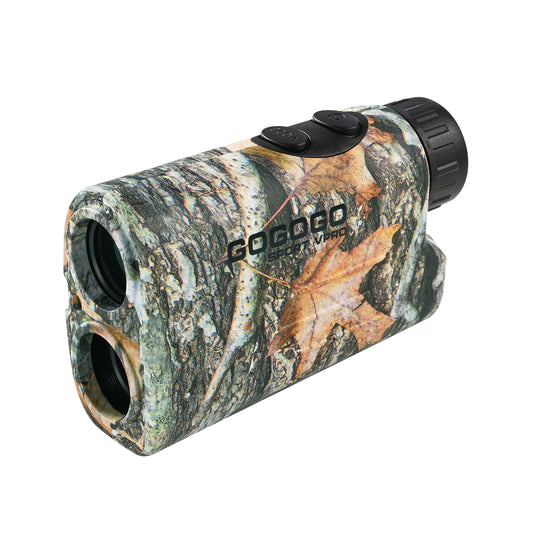
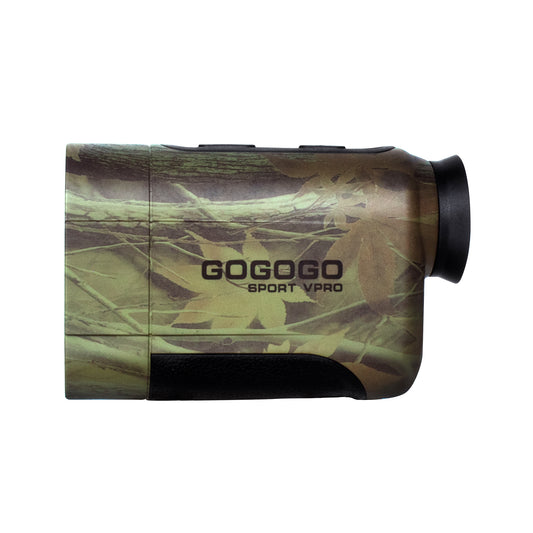
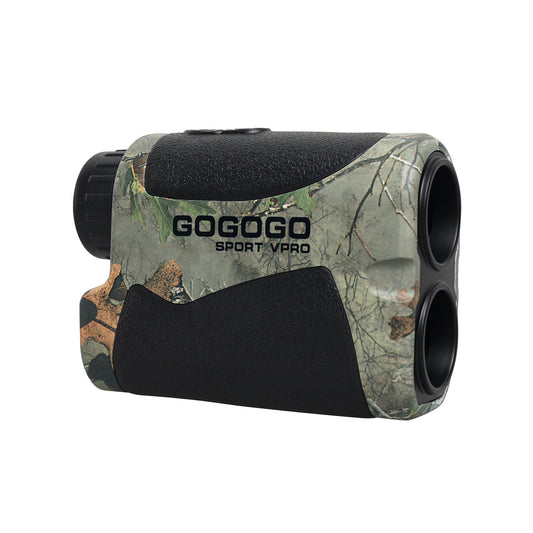
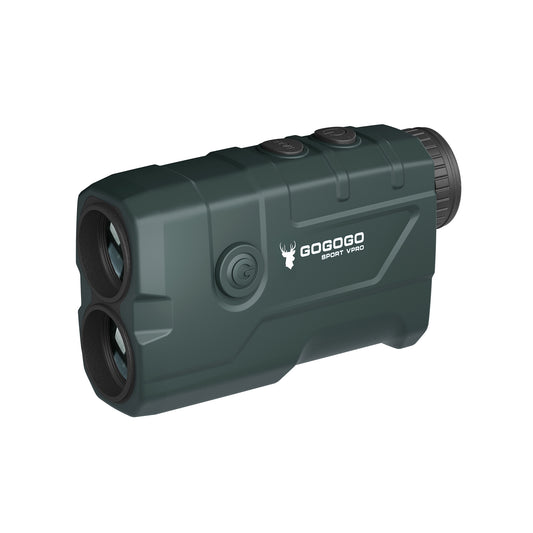
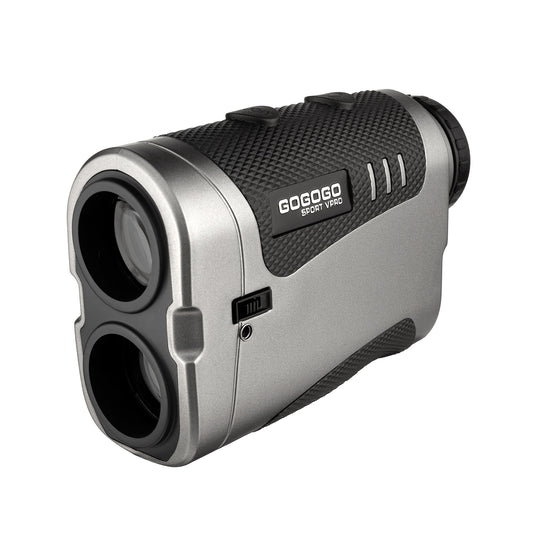
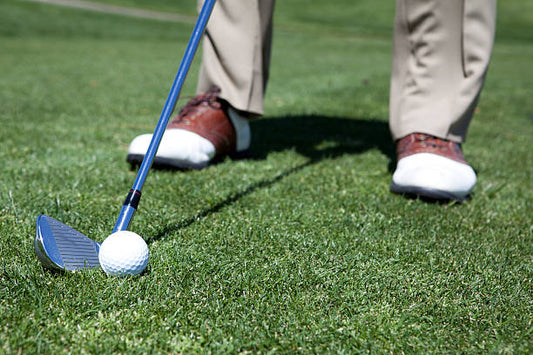
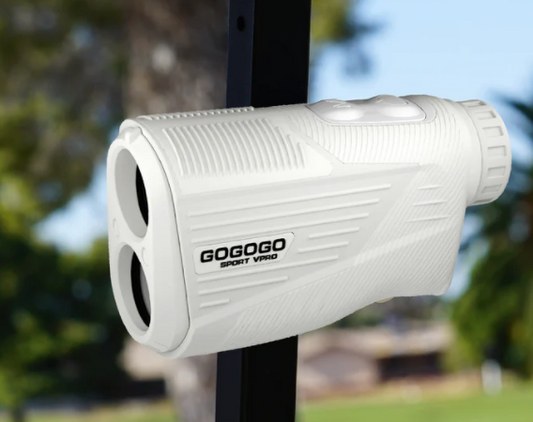
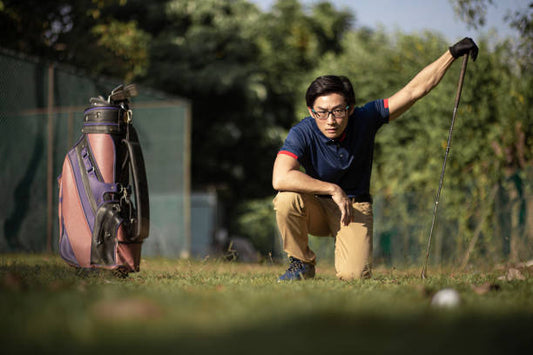
![[2025] The Ultimate Guide to Pinseeker Rangefinders for Golfers](http://gogogosport.com/cdn/shop/articles/gogogo_sport_vpro_pinseeker_rangefinder.png?v=1757993796&width=533)